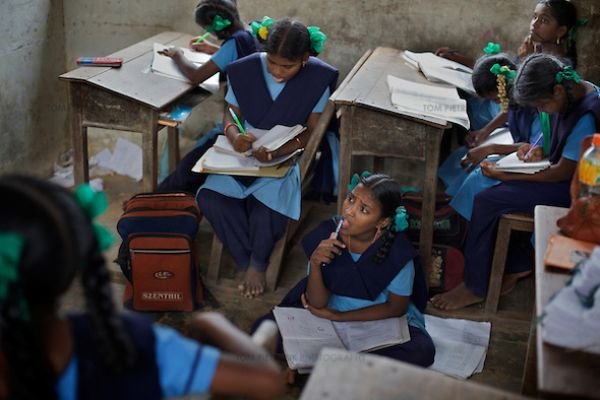The Organisation for Economic Co-operation and Development (OECD) recently came out with a study documenting the performance in school of 15-year-old boys and girls, across over 60 countries worldwide. It was found that for students who really struggle, boys are 50% more likely than girls to fall short of basic standards in all three test areas of reading, maths and science.
While this study did not include India, we have witnessed that girls have indeed outperformed and done better than boys in many school and university level entrance examinations in the country.
Interestingly, the study points to a few unconventional reasons why girls tend to fare better than boys in school.
For one, it mentions teacher bias as a possible reason for girls faring better, with teachers likely to ‘mark up’ female students for the work done by boys and girls of the same calibre.
Another reason which the study suggests is the fact that girls are generally more well-behaved, complete homework on time, are more attentive in class and are likely to spend more time reading books. All this contributing towards a good grade at school.

Contrary to above, boys are apparently more likely to spend their time NOT doing homework and more time on playing computer games.
The OECD study is generally dominated by European nations, where the style and system of education maybe very different from India. However, many of the observations of the report seem pretty accurate.
What the study does not account for though, is the discrimination and difficulties girls generally face while traversing through life in India and its education system.

Instances of female foeticide, high rate of drop-outs, child marriages, early marriages and persistent age-old stereotypes prevent a girl from receiving good education and a better life.
So when girls in India top exams, become pioneers in their respective fields, it goes beyond merely completing their homework on time.

















